How to buy the best wireless speaker
Whether you're setting up a powerful multi-room system or need something portable, we've got all the info
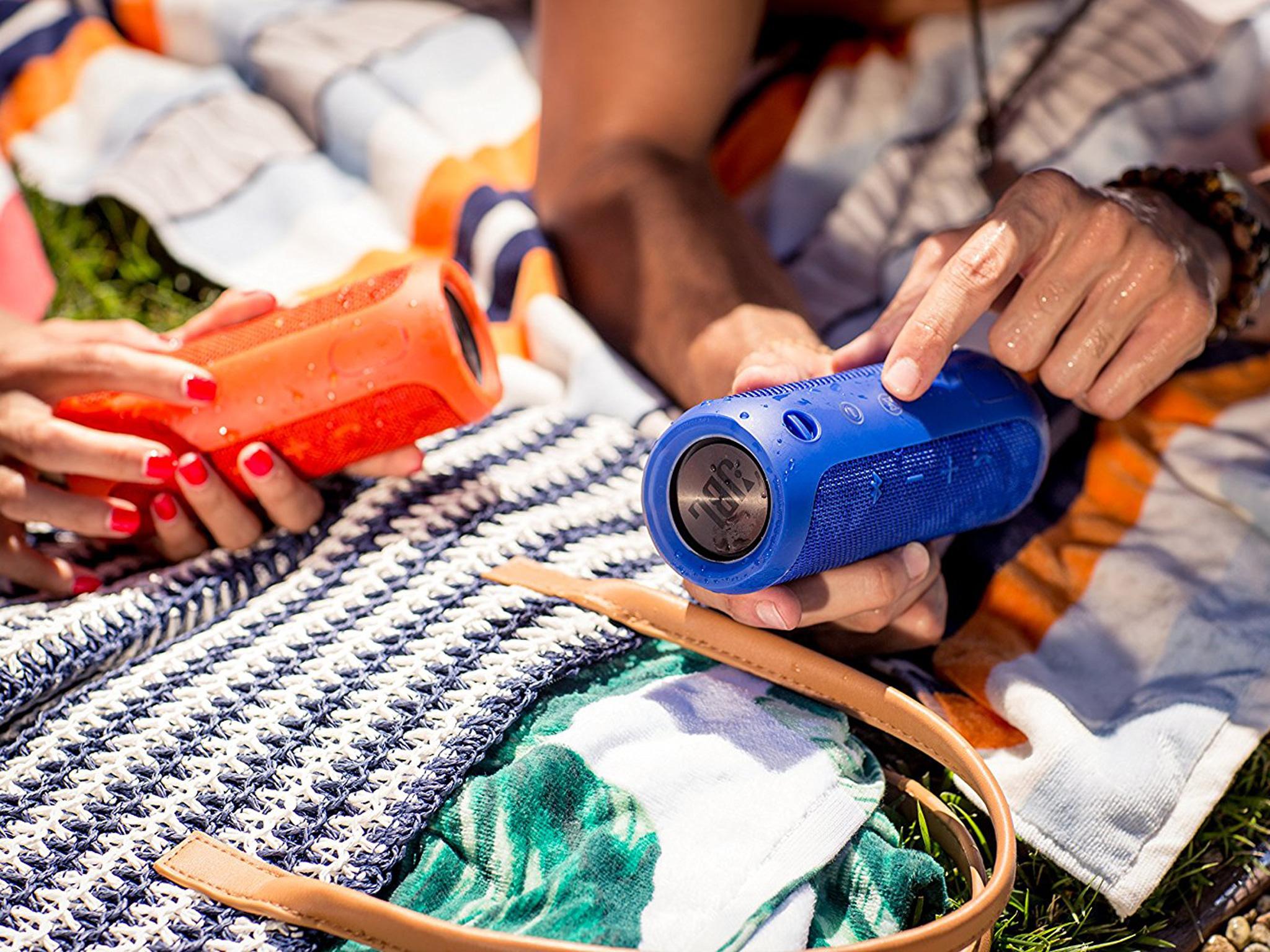
Your support helps us to tell the story
From reproductive rights to climate change to Big Tech, The Independent is on the ground when the story is developing. Whether it's investigating the financials of Elon Musk's pro-Trump PAC or producing our latest documentary, 'The A Word', which shines a light on the American women fighting for reproductive rights, we know how important it is to parse out the facts from the messaging.
At such a critical moment in US history, we need reporters on the ground. Your donation allows us to keep sending journalists to speak to both sides of the story.
The Independent is trusted by Americans across the entire political spectrum. And unlike many other quality news outlets, we choose not to lock Americans out of our reporting and analysis with paywalls. We believe quality journalism should be available to everyone, paid for by those who can afford it.
Your support makes all the difference.As good as headphones are, there’s something about hearing music out of an excellent speaker that takes things that step further – it’s loud, communal, and all-encompassing.
Wireless sound seems to be getting better by the month, with technological advances in the way we connect the things that store our music to thing that plays it meaning excellent audio quality is readily available.
But which wireless speaker should you buy? Do you want something that you can chuck in a rucksack and take to the beach, or are you after a powerful home audio system? We’ve detailed all that you need to know before making a purchase.We may earn
You can trust our independent reviews. We may earn commission from some of the retailers, but we may never allow this to influence selections, which are formed from real-world testing and expert advice. This revenue helps to fund journalism across The Independent.
Bluetooth wireless speakers
Probably the most common way to connect is via Bluetooth, the technology which allows you to transport data between two devices instantly. It’s found in all smartphones, a large majority of laptops and a whole range of other devices. The latest version is Bluetooth 5, although the previous iterations (Bluetooth 4.2, 4.1 and so on) are currently more common and hold up well.
Bluetooth used to be widely derided for the poor sound quality it provided, but that problem is a thing of the past with the best Bluetooth speakers. These days, the quality is excellent and is only improved if your music source supports the aptX codec (sorry, Apple users, your devices don’t). What’s more, while early Bluetooth used to severely drain your battery, modern versions are much more efficient.
The major downside is the range, which is limited to around 10 metres in most instances. This means you might not be able to walk around the house and keep the music going, like you could on wi-fi connected system. Which brings us on nicely to…
Wi-fi wireless speakers
As good as Bluetooth has become in recent times, wi-fi is still the wireless connection of choice when it comes to sound quality. It avoids the compression of sound files that Bluetooth suffers from, allowing you to get the most out of high-res audio.
But as your music source and the speaker connect through an internet router, wi-fi speakers are housebound. The range itself is actually greater than Bluetooth, but only if you stay within reach of the wi-fi connection.
A major benefit of using wi-fi is the number of related apps and features it opens you up to. Most of them effectively turn your device into a remote, such as Spotify Connect – it allows you to stream songs through the speakers, switch connected devices and take phone calls without stopping the music (something you can’t do with Bluetooth). There’s also AirPlay, for Apple Devices, which allows you to do similar things. And not forgetting Sonos, the simple and effective app for the brand’s multi-room speakers, which, as luck would have it, provides a neat segue into…
Multi-room wireless speakers
Well, perhaps not the neatest of segues, as not every multi-room system uses wi-fi, but we’ll get onto that shortly.
Multi-room speakers are for the home audio fan who wants a connected music system in different parts of the house. They were popularised by the aforementioned Sonos, with a lot of the big names since jumping on the bandwagon. The most basic systems allow you the play the same song simultaneously across the board, while more expensive models come with more detailed features – like the ability to queue up certain playlists, or play different songs in different rooms.
There are many ways to connect up your multi-room systems. Some do it via the wi-fi router, some do it via Bluetooth, some have the option to do it either way, and some even create their own ad-hoc network. It therefore makes sense to keep with the same brand when adding speakers to the system, but if you insist on switching it up, make sure the wireless protocol matches up.
For more information on all that, check out our pick of the best multi-room speakers. And for more practical information, read on:
Size and shape of wireless speakers
It’s important to consider where, and for what purpose, you will be using your speakers. The size and shape varies hugely, from those which are small and sleek enough to fit in your pocket, to others which are so big that they’ll become part of the furniture. If you’re going to be playing music in a small room, then a powerful speaker with a large wattage will overpower you and might even suffer a loss of sound quality. And at the other end of the spectrum, smaller speakers will get lost in a large, open-plan space.
For indoor, stationary speakers, the positioning of your speakers can also have a big effect on how good of a sound you receive – something which many people don’t take into full consideration. If the speaker is placed on a bookshelf, for example, then a lot of the sound can be lost to vibrations in the cabinet. Take the time trying to find the sweet spot, taking into account where in the room you’re going to be listening to them, and you might be surprised about how much of a difference it can make.
And if you’re going to be taking your speakers with you as you go, there’s plenty more to consider…
Portability of wireless speakers
If a speaker is small enough to be truly portable – that is, chucked into a backpack and carried around without a problem – then the chances are that it will be durable to a decent extent, but some a lot more so than others.
An important distinction to make is between water-resistant (sometimes termed “splashproof”) and waterproof. The former will likely stand up against some light rain and a few splashes, whereas the other will survive a full submersion. Some of the more ruggedly built models have exteriors designed to protect against smaller particles getting in – perfect for a day at the beach. Look for the speaker’s IP rating in the specs. If it’s IP67 or above, you’re protected from dust and submersion (the first number refers to dust protection, while the second corresponds to waterproofing).
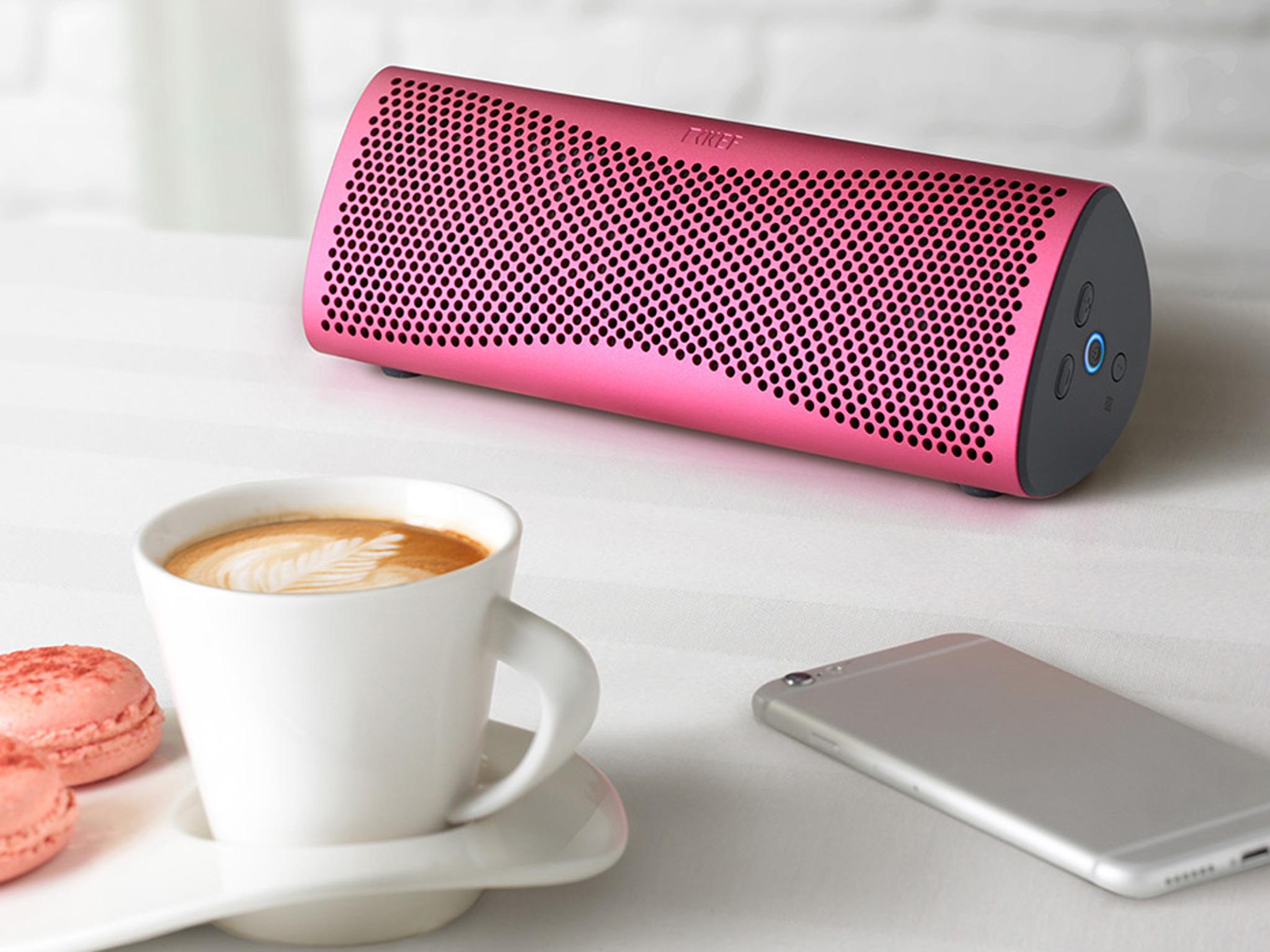
Battery life of wireless speakers
Perhaps the most important thing for a portable speaker, however, is battery life. Some devices don’t last longer than a few hours, while others can go for days. The vast majority are also charged via USB, so you’ll need to juice them up before you leave. Check the manufacturer’s notes before you buy.
NFC
It’s a relatively small addition, but NFC (Near Field Communication) is something which is often touted by brands when marketing their products. It allows you to wirelessly connect two devices, simply by holding them closely together, tapping one against the other. It’s found on Android devices, but not on Apple products. (In fact, that’s not strictly true – iPhones do incorporate NFC, but it’s only for Apple Pay.)
Wireless speaker reviews
We’ve picked out our most popular wireless speaker reviews, to help you find what you’re after.
Bluetooth speakers
Naim mu-so QB: £649, John Lewis
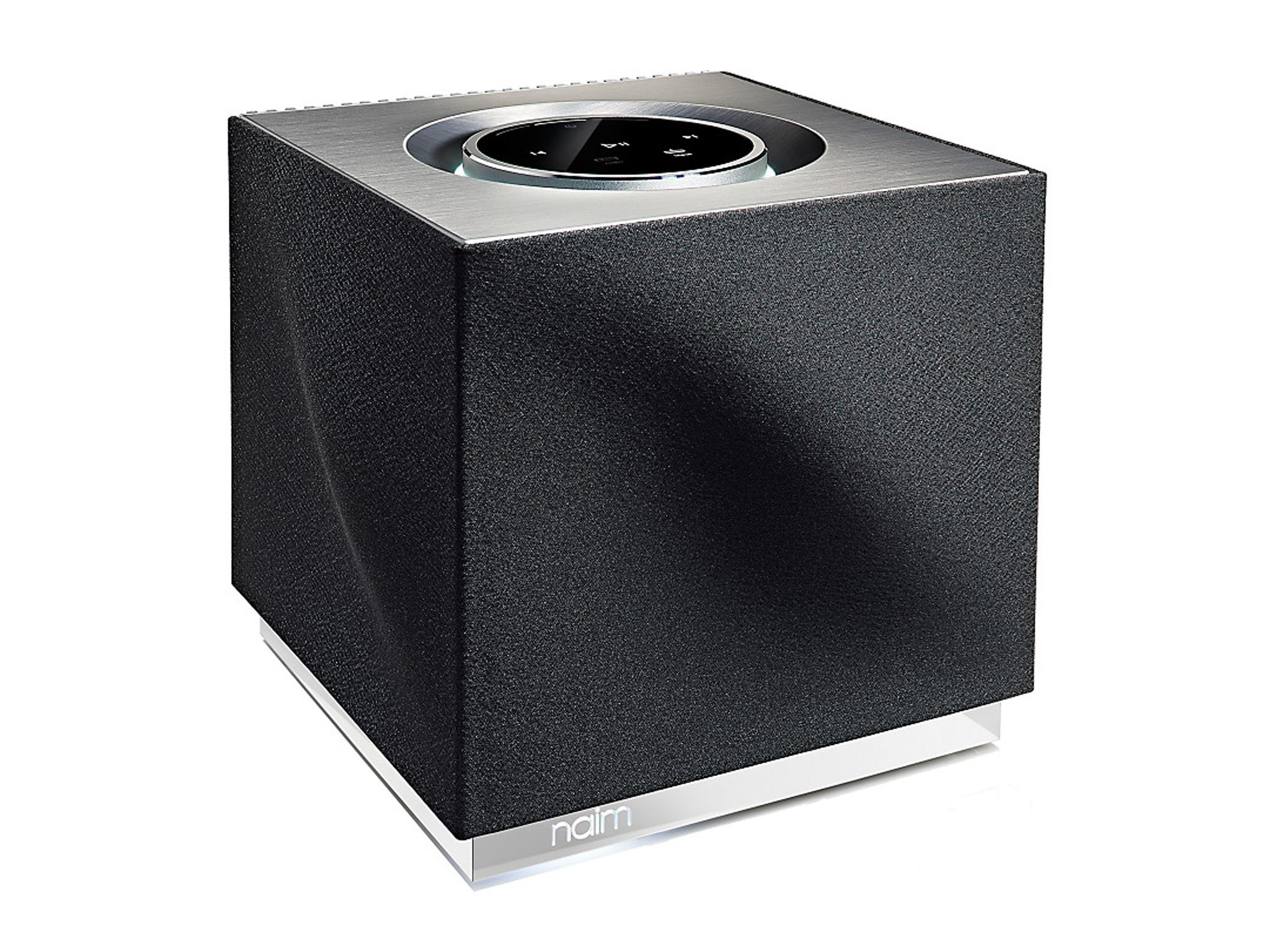
- Connects via Bluetooth
- Also compatible with Apple AirPlay, Spotify Connect and Tidal
- Sound is deep, bassy and effortlessly room-filling
- Mains-only power
KEF Muo: £249.95, Amazon

- Connects via Bluetooth with NFC
- Effortlessly portable with a weight of just 0.8kg
- Gives plenty of volume and distortion-free sound
Find out more about Bluetooth speakers
Multi-room speakers
Sonos Play:5: £499, Sonos
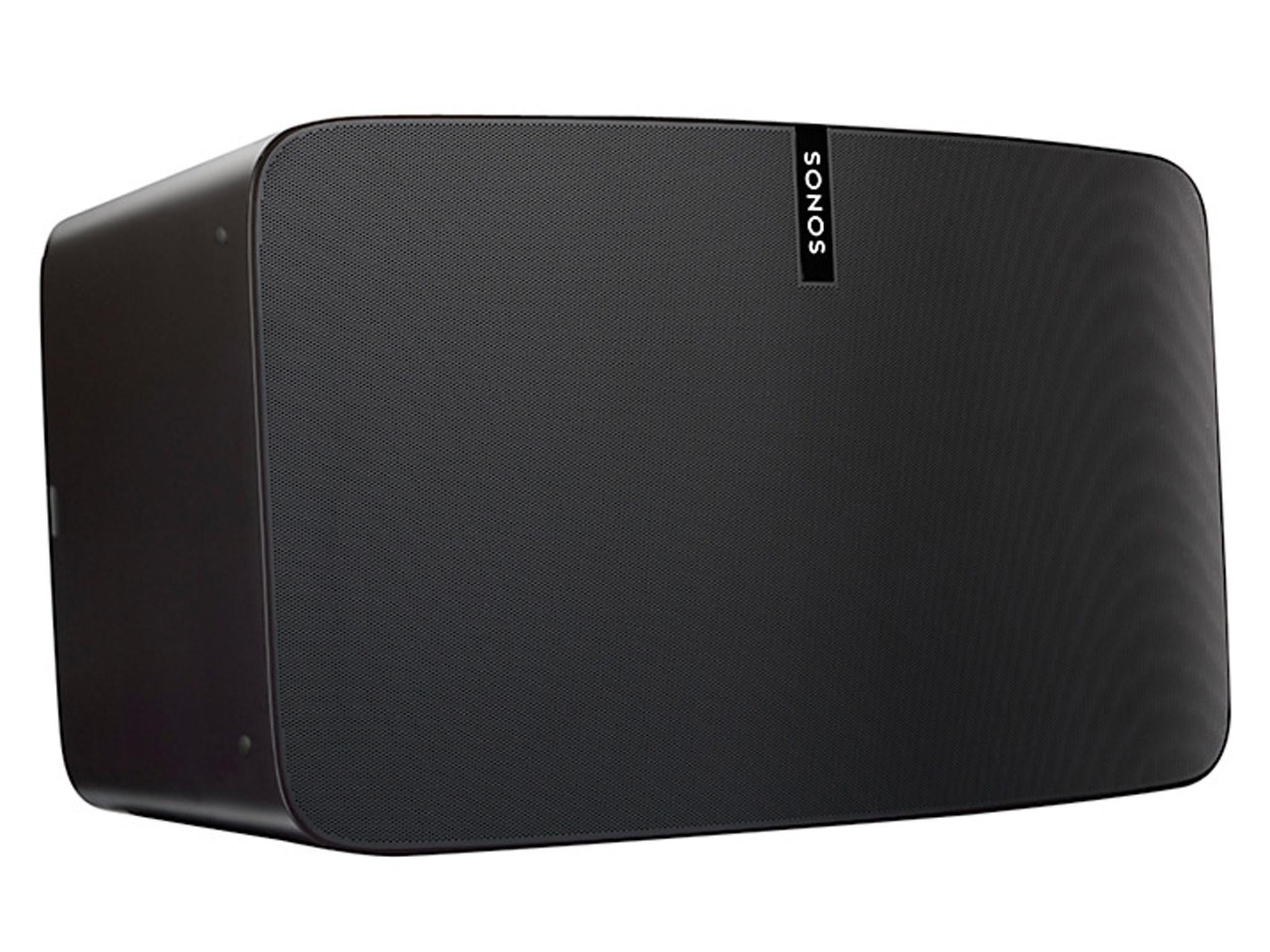
- Speakers link together wirelessly in a mesh so signal is powerful and resilient
- Painlessly simple to set up
- Has its own app and works with Spotify and Apple Music
- Striking sound quality
Bose SoundTouch 10: £169.95, Currys
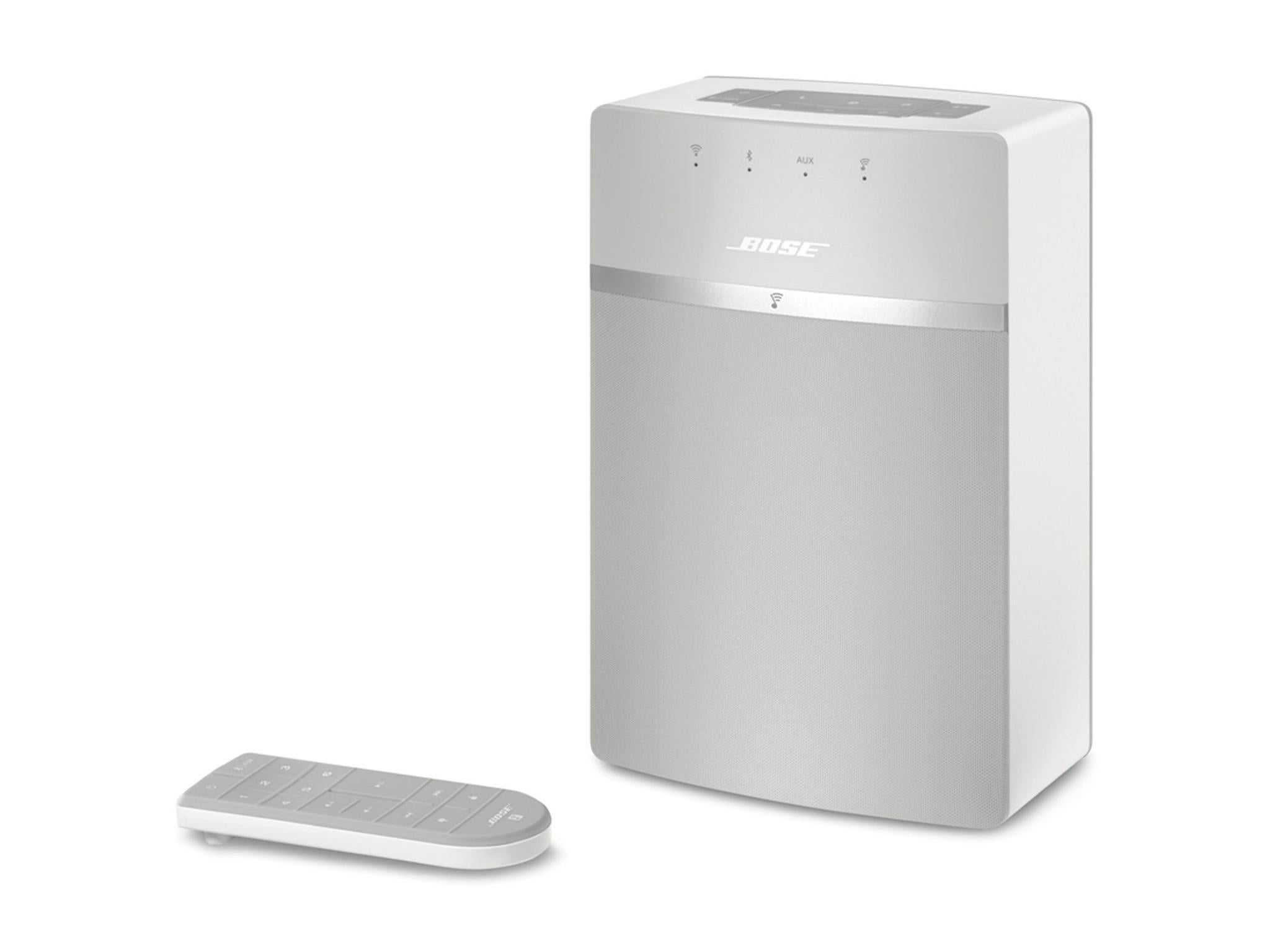
- Small and unobtrusive design
- Big, clear sound
- Functional and easy to operate
Find out more about multi-room speakers
Sponsored